





Cold leads have no prior contact; warm leads have shown interest.
By the way, we're Bardeen, we build an AI Agent for doing repetitive tasks.
Check out our lead generation software for help with automated workflows, email personalization, and more.
Not all leads are created equal. Some may be a name on a spreadsheet, while others may have taken part in a sales call. Understanding the distinction between cold leads and warm leads is crucial for strategies that convert potential customers into loyal clients.
And businesses should match their approach to maximize conversion rates and drive growth. In this guide, we’re going to focus on warm vs cold leads, in depth. We’ll discuss the key differences, define what is a warm lead, what is a cold lead, how best to convert each, and how to measure cold and warm lead conversion success.
When sales professionals compare warm leads and cold leads, what do they really mean? What are the main differences?
By understanding the unique characteristics and needs of warm leads vs cold leads, you can optimize your sales lead qualification and create targeted strategies to guide them through the funnel. Bardeen, a no-code Chrome extension, can help you move fast with tasks such as:



How does this playbook work?
LinkedIn lead qual is time-consuming. This playbook scrapes profile data from a search, uses AI to qualify leads based on your criteria, and saves results to Google Sheets automatically.

How does this playbook work?
Qualifying leads is time-consuming and error-prone. This playbook pulls leads from a Google Sheet, enriches them with data from Apollo and LinkedIn, qualifies them using a custom classifier, and saves the results to a new sheet – automating the entire process.
Now, let’s take a closer look at each lead type:
A cold lead is an individual or business without prior contact with your brand. To simplify a cold lead’s meaning: anyone unaware of your product or service who has shown little to no interest.
So when it comes to converting them, that’s super important; there’s limited interest from cold leads, meaning they may be skeptical or indifferent to your product or service—but don’t worry, they just haven’t had a chance to get to know you yet!
To effectively nurture cold leads, focus on:
With tools like Crunchbase you can gather valuable insights and optimize your nurturing and sales efforts.
A warm lead is an individual or business that has already interacted with your brand in some way, such as signing up for a newsletter, attending a webinar, or engaging with your content.
To further explain a warm lead’s meaning: they’ve already begun to recognize the value you offer and are one step closer to closing a deal. But that doesn’t mean you can get complacent; a warm lead still requires careful attention.
For warm leads, your strategy should involve:
When it comes to warm vs cold leads, the approach you take should differ. Converting cold leads into warm leads requires targeted communication strategies that increase familiarity and trust.
Automation tools like Bardeen, a task automation copilot, can make this process even easier, helping you automate repetitive tasks and create personalized cold emails to warm leads with just a few clicks, no coding required.
Here are some effective approaches to get closer to your ideal leads and develop a winning relationship:
Customize your email content to address the specific pain points and interests of each cold lead. Use their name, mention their company, and demonstrate how your product or service can solve their challenges.
Bardeen can help with ready-to-use templates, such as:
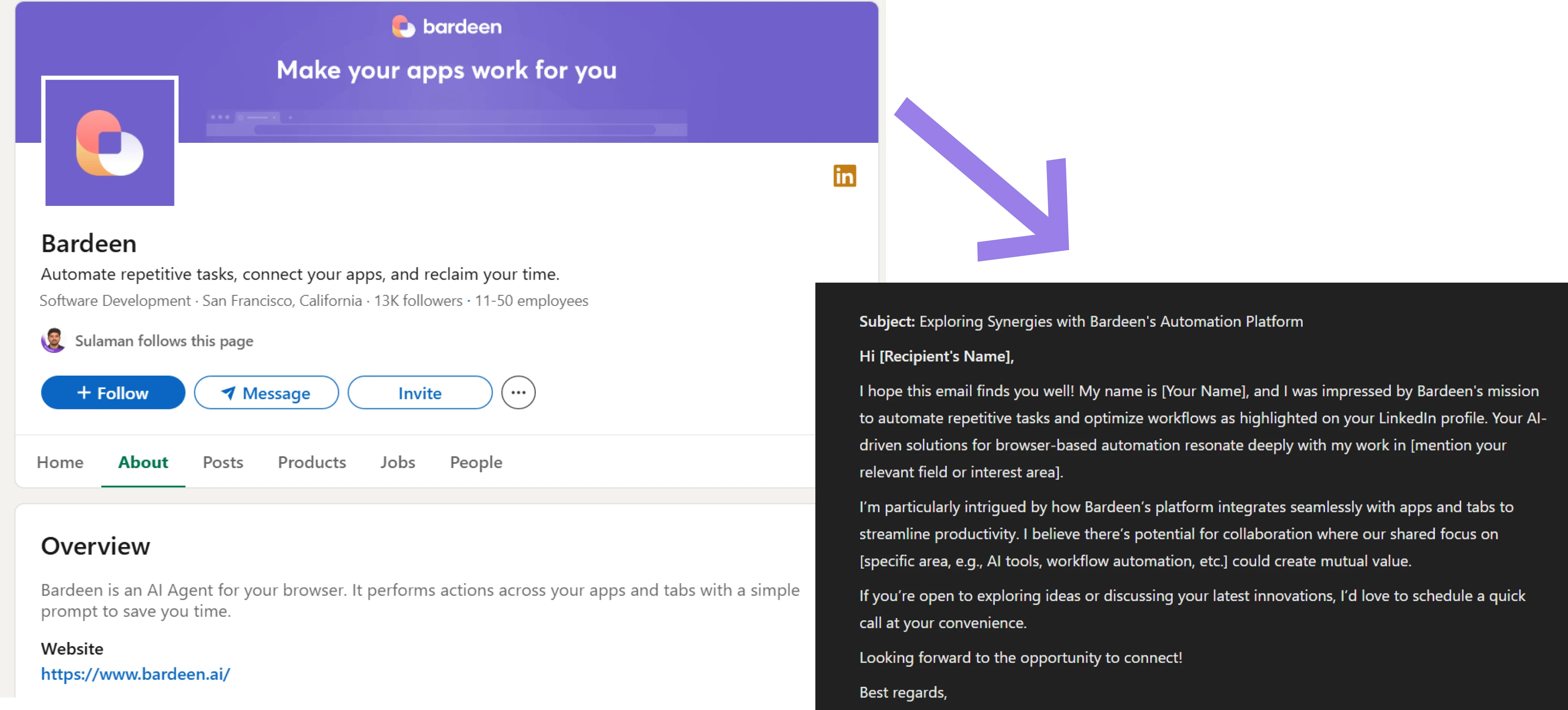
How does this playbook work?
Crafting personalized sales emails is time-consuming. This playbook generates a tailored outreach email from a LinkedIn profile, pulling in enriched data about the person and their company, and saves it as a Gmail draft.




How does this playbook work?
Reaching out to LinkedIn post commenters is time-consuming. This playbook scrapes their data, finds email addresses, and drafts a personalized outreach email in Gmail with AI – just one click.
Provide value through informative blog posts, whitepapers, and webinars that showcase your expertise and help cold leads understand the benefits of your offering. This positions you as a trusted resource and thought leader in your industry.
Use data analytics to identify the online behavior and preferences of cold leads, then serve them relevant ads across social media and other websites they visit. This keeps your brand top-of-mind and encourages them to re-engage.
Connect with cold leads on LinkedIn, Twitter, and other platforms where they are active. Share helpful content, join relevant discussions, and build relationships through genuine interactions. Bardeen can help you quickly gather information about those you care about:

How does this playbook work?
Need to quickly pull data from a LinkedIn profile? This playbook scrapes key information from the active LinkedIn profile tab, giving you structured data in seconds.
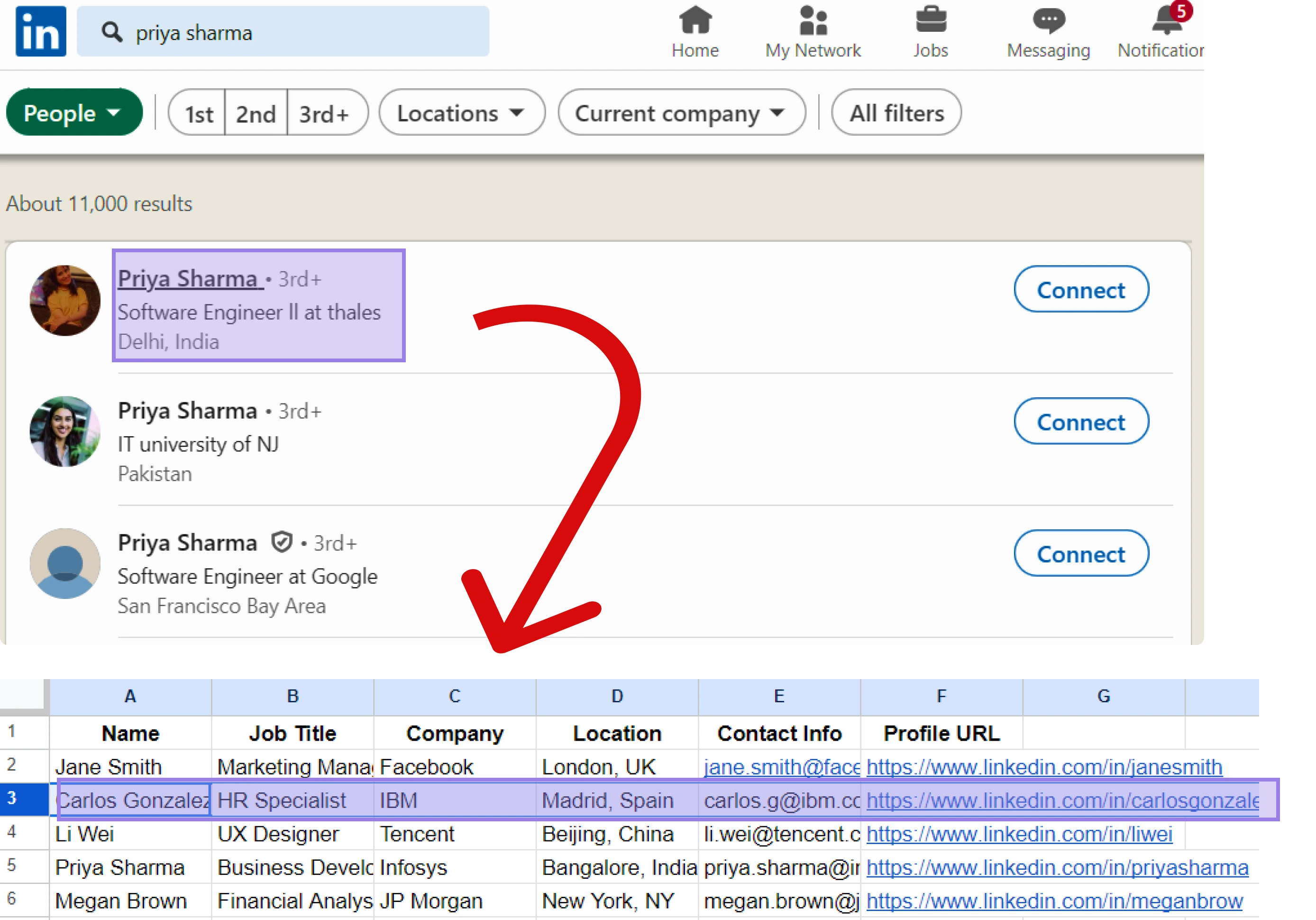
How does this playbook work?
Enriching LinkedIn profiles in Google Sheets is time-consuming. This playbook extracts LinkedIn profile links from a spreadsheet, scrapes key data points, and updates the sheet with the enriched data automatically.

How does this playbook work?
Extracting LinkedIn comments is a time-consuming copy-paste task. This playbook scrapes all comments from the active LinkedIn post and outputs them in a structured format, ready for analysis or export.
To manage all of this, you can implement lead generation automation and CRM systems to track interactions and segment leads based on their level of engagement. By consistently nurturing cold leads with targeted, valuable communications, you can gradually turn them into warm leads, meaning you’re closer to a sale.
Content marketing plays a crucial role in transitioning cold leads to warm leads by nurturing their trust and knowledge about your brand. By providing valuable content at each stage of the buyer's journey, you can gradually guide leads towards taking action.
Here are some effective types of content for warming up leads:
Informative blog posts that address common pain points and offer solutions help establish your brand as a trusted resource. Optimize your blog content for search engines to attract organic traffic and generate new leads.
In-depth whitepapers and eBooks provide comprehensive insights into specific topics, showcasing your expertise. Gate this premium content behind a lead capture form to collect contact information from interested prospects.
Live or recorded webinars offer an engaging way to educate leads about your product or service. By delivering actionable advice and demonstrating your solution's value, webinars can effectively nurture leads and drive them closer to conversion.
Bardeen can help with event automations, such as:


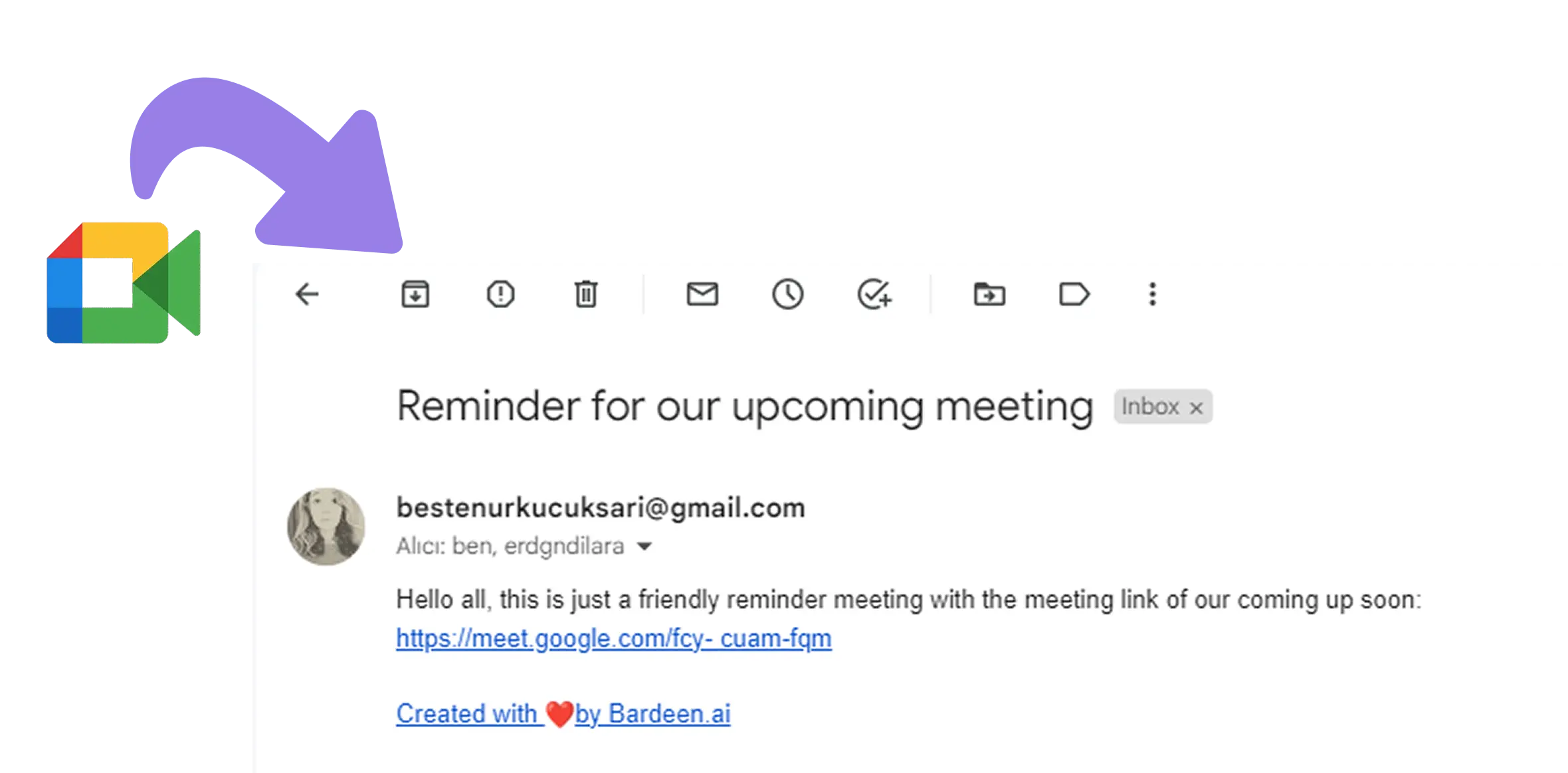
How does this playbook work?
Meetings are crucial, but no-shows waste time. This playbook finds a Google Calendar event, retrieves participant emails, and sends a reminder with the meeting link – automating pre-meeting prep.

How does this playbook work?
Introducing yourself at live events can be challenging. This playbook generates a compelling intro based on your LinkedIn profile. It scrapes your profile data and uses AI to craft a tailored introduction you can use.
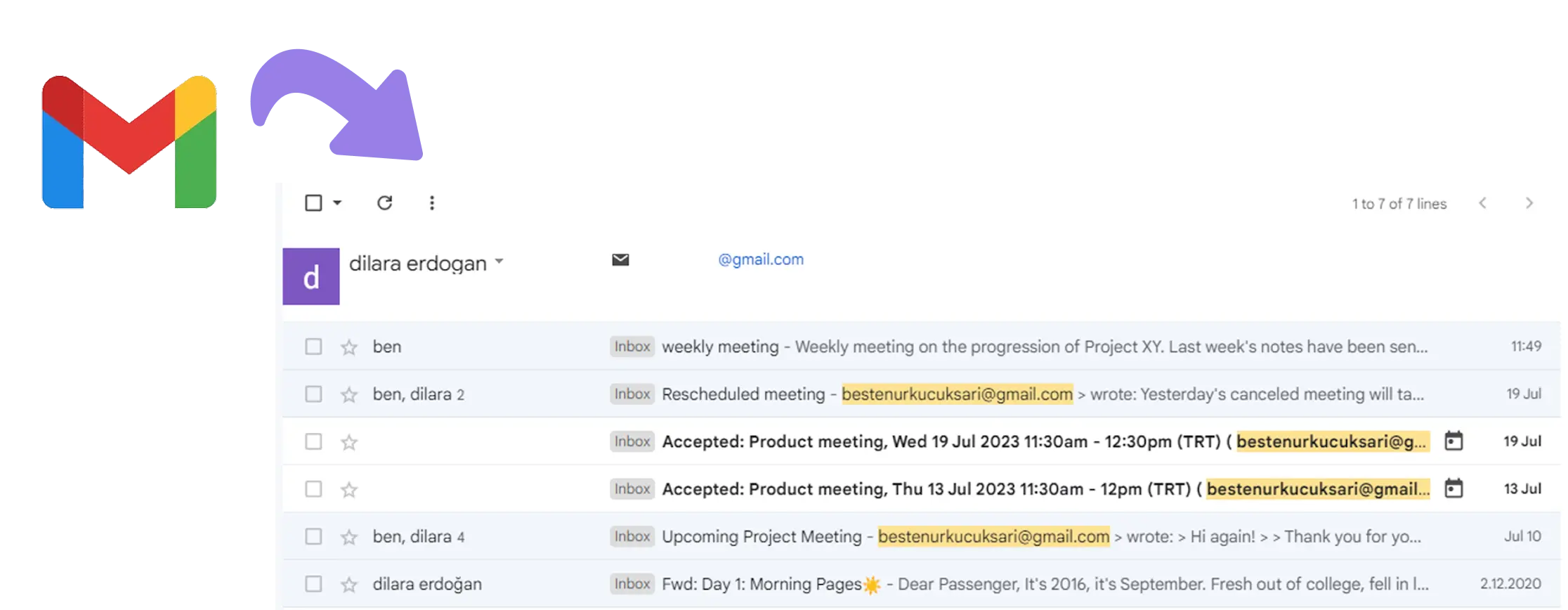
How does this playbook work?
Searching for email threads with event participants is time-consuming. This playbook finds a Google Calendar event, extracts participant email addresses, and opens all relevant Gmail threads in new tabs.
Highlight successful customer stories through case studies that illustrate how your offering solves real-world challenges. These social proof pieces help build trust and encourage leads to envision similar results for their own businesses.
To maximize the impact of your content marketing efforts, optimize your lead management to ensure timely, personalized communication. By consistently delivering relevant, valuable content to your leads, you'll keep them engaged and gradually warm them up until they're ready to make a purchase.
CRM systems, AI prospecting, and automation tools play a crucial role in segmenting cold leads vs warm leads. Luckily, these days, there’s a lot of great tech at your disposal.
Here's how you can use it to your advantage:
Use a CRM platform like HubSpot to categorize leads based on demographic data, behavior, and engagement history. Create dynamic lists that automatically update as leads take specific actions or meet defined criteria. Bardeen can help with HubSpot automations, such as:

How does this playbook work?
Qualifying LinkedIn companies is time-consuming. This playbook scrapes a company's LinkedIn data, uses AI to qualify it based on your criteria, and saves qualified companies to HubSpot – automating prospect research.



How does this playbook work?
Qualifying leads from LinkedIn comments is time-consuming. This playbook imports comments and profiles, qualifies them using custom criteria, and saves qualified leads to HubSpot – automating the process.
Monitor how leads interact with your website, emails, and other touchpoints. Use tools like HubSpot or Salesforce to record and analyze these interactions, gaining valuable insights into lead preferences and intent.
Assign scores to leads based on their attributes and behaviors, such as job title, company size, website visits, and email opens. You’ll quickly identify leads most likely to convert and prioritize engagement efforts when you use Salesforce lead scoring, for example.
Use marketing automation tools to deliver targeted content and nurturing campaigns based on warm lead and cold lead segments and behaviors. Trigger personalized emails, offer relevant resources, and guide leads through the funnel with automated workflows.
Deploy chatbots on your website to engage leads in real-time, answering questions and collecting valuable information. Use AI tools to analyze lead data, predict behavior, and recommend next-best actions for sales and marketing teams.
With the power of CRM, marketing automation, and AI, you can effectively segment leads, personalize engagement, and nurture them towards conversion. Continuously monitor, enrich data, and refine your segmentation strategies based on performance data to optimize results over time.
To effectively assess the impact of your lead conversion efforts, it's essential to track key performance indicators (KPIs) and metrics. These will help you understand what's working, what needs improvement, and where to focus your resources for maximum ROI.
Here are the most important lead conversion metrics to monitor:
The percentage of leads that convert into customers. Calculate this by dividing the number of conversions by the total number of leads and multiplying by 100. Aim for a high conversion rate, as it indicates effective lead nurturing and sales processes.
The average amount spent to acquire a single lead. To calculate CPL, divide your total lead generation costs by the number of leads generated. Strive to minimize CPL while maintaining lead quality.
The average cost to acquire a paying customer. Calculate CPA by dividing your total sales and marketing expenses by the number of new customers acquired. Like CPL, aim to reduce CPA without sacrificing customer quality or lifetime value.
The percentage of leads that become qualified sales opportunities. This metric helps you gauge the effectiveness of your lead qualification process and identify areas for improvement.
The average time it takes for a lead to move through your sales funnel and become a customer. Shorter sales cycles generally indicate a more efficient conversion process. Use this metric to identify bottlenecks and optimize your funnel.
Use funnel analytics and conversion rate optimization (CRO) techniques to refine your lead conversion strategies continuously:
Remember, success lies in continuously testing, refining, and adapting your approach based on insights gained from your conversion metrics.
Understanding cold leads and warm leads is crucial if you want to drive more conversions. But understanding doesn’t just mean knowing what they are; it also means knowing how best to approach and target the different lead types.
Sometimes, you’ll be faced with a ton of cold leads, meaning you’ll have to work hard to get that initial sales discovery call. If you’re lucky, you’ll also have warm leads, meaning you can nurture they’re interest little by little towards that final breakthrough.
In this guide, we’ve covered the ways to do that: by using content marketing, monitoring KPIs, and scaling with automation technology like Bardeen to perform a huge variety of time-consuming tasks.
With these tips in your armory, we’re confident you’ll see your conversion rates rise in no time. So keep it up, and happy segmenting!
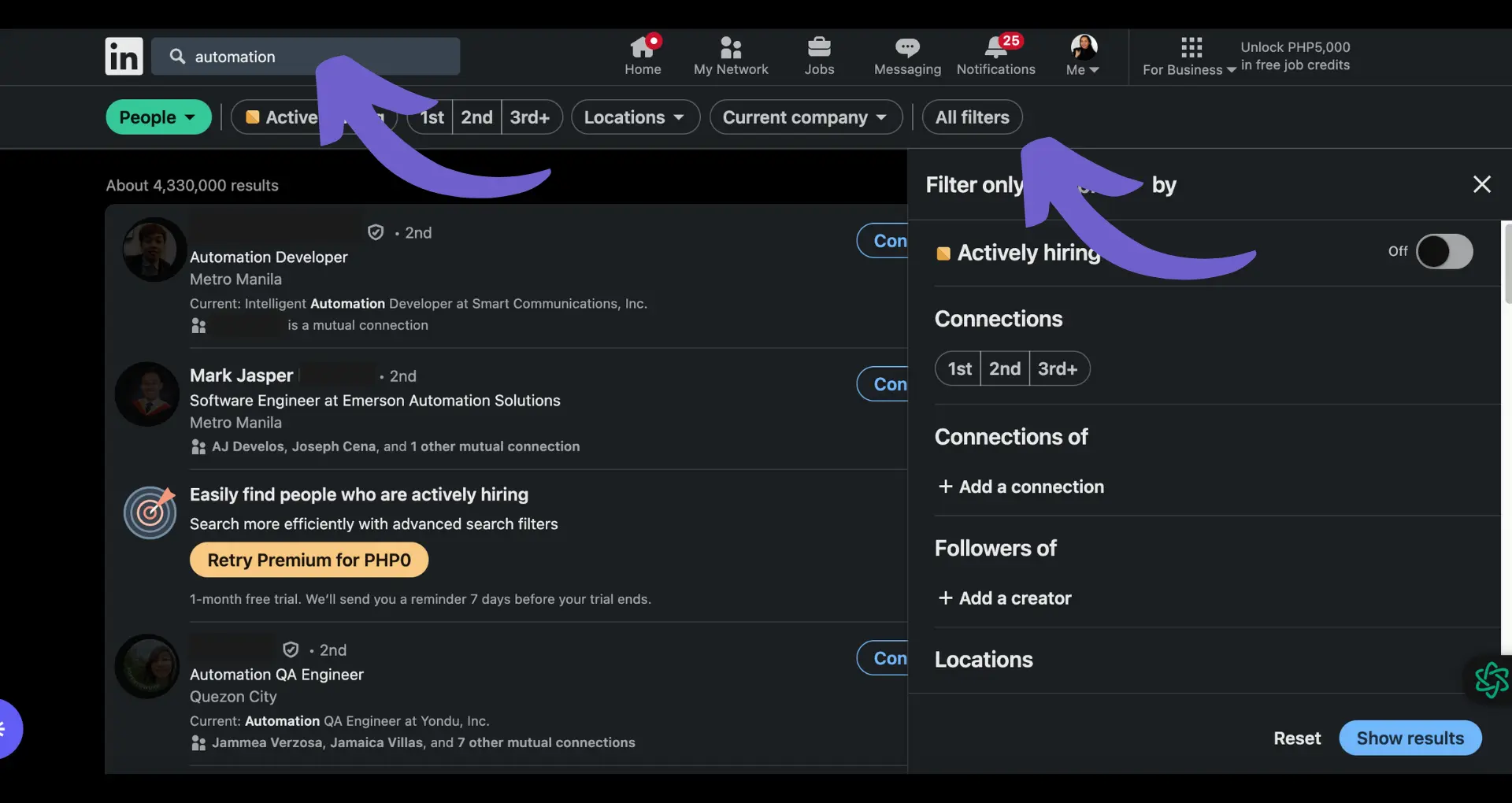








SOC 2 Type II, GDPR and CASA Tier 2 and 3 certified — so you can automate with confidence at any scale.
Bardeen is an automation and workflow platform designed to help GTM teams eliminate manual tasks and streamline processes. It connects and integrates with your favorite tools, enabling you to automate repetitive workflows, manage data across systems, and enhance collaboration.
Bardeen acts as a bridge to enhance and automate workflows. It can reduce your reliance on tools focused on data entry and CRM updating, lead generation and outreach, reporting and analytics, and communication and follow-ups.
Bardeen is ideal for GTM teams across various roles including Sales (SDRs, AEs), Customer Success (CSMs), Revenue Operations, Sales Engineering, and Sales Leadership.
Bardeen integrates broadly with CRMs, communication platforms, lead generation tools, project and task management tools, and customer success tools. These integrations connect workflows and ensure data flows smoothly across systems.
Bardeen supports a wide variety of use cases across different teams, such as:
Sales: Automating lead discovery, enrichment and outreach sequences. Tracking account activity and nurturing target accounts.
Customer Success: Preparing for customer meetings, analyzing engagement metrics, and managing renewals.
Revenue Operations: Monitoring lead status, ensuring data accuracy, and generating detailed activity summaries.
Sales Leadership: Creating competitive analysis reports, monitoring pipeline health, and generating daily/weekly team performance summaries.
